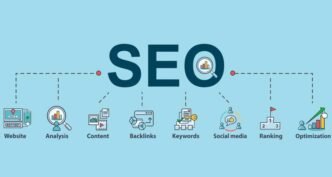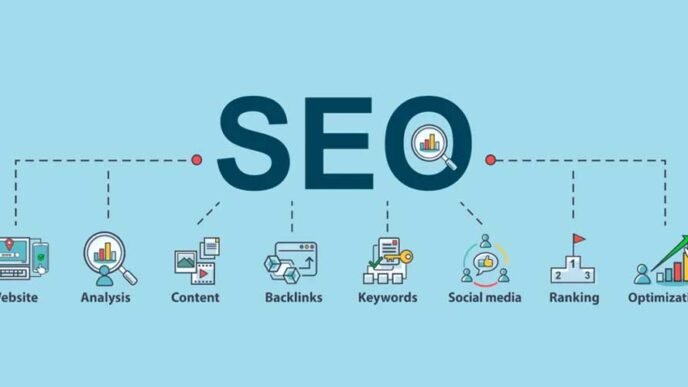Key Takeaways
- Importance of solid SEO practices for e-commerce stores.
- Maintaining user-friendly website design to improve customer experience.
- Incorporating data analytics to refine marketing strategies.
Introduction to SEO for E-commerce
SEO is essential for e-commerce stores to enhance visibility and attract more customers. Effective SEO strategies can improve your store’s ranking on search engine results pages (SERPs), improving exposure to potential clients. Utilizing specialized ecommerce SEO services can significantly increase your online presence, ensuring your products are more visible to potential buyers. SEO involves techniques like keyword optimization, backlinks, and content creation. Each plays a crucial role in making your e-commerce site more accessible to search engines and, consequently, your target audience. Effective SEO isn’t just about stuffing pages with keywords but creating a valuable experience that meets users’ needs. It includes optimizing product pages, writing compelling meta descriptions, and ensuring that the technical aspects of your site are sound. A well-optimized site draws more traffic and converts browsers into buyers.
The Power of Content Marketing
Content marketing is a highly effective way to drive organic traffic to your e-commerce site. Producing valuable and relevant content has the potential to draw in and captivate your desired audience. Utilizing best practices in content marketing can significantly boost your SEO efforts and help establish your brand as an authority in your niche.
Blogs, product descriptions, and customer reviews are all forms of content that can improve your site’s SEO. Consistently updating your website with new content improves its ranking and maintains audience interest. It is crucial. A website that regularly updates its content signals to search engines that it is up-to-date and active.
Creating Engaging Blog Posts
Blogs are an excellent way to provide valuable customer information while incorporating relevant keywords. Write about industry trends, how-to guides, and other topics that interest your audience. Participating in storytelling can enhance the relatability of your posts.
Optimizing Product Descriptions
Product descriptions should be detailed and optimized with relevant keywords. Avoid using manufacturer descriptions verbatim; create unique content highlighting your products’ benefits. Include user-generated content like reviews and ratings, which can significantly impact your search rankings and provide potential buyers with insights from genuine customers.
Leveraging Social Media for Brand Awareness
Social media platforms offer robust opportunities for e-commerce businesses to connect with potential customers. Consistently sharing exciting posts and engaging with your followers can attract a devoted audience and increase visits to your shop. For example, learn more about trending social media strategies to stay ahead in the game. Social media analytics can help you comprehend which content types connect with your audience. This data enables you to improve your social media strategy constantly. Replying to your audience’s comments and producing engaging content, such as polls, can help build a strong community around your brand.
User-friendly Website Design
Your website’s design is crucial for retaining customers. An organized, easy-to-use layout guarantees a smooth experience, prompting visitors to linger and complete transactions. Elements like easy navigation, mobile responsiveness, and fast load times are vital. Incorporate a responsive design that adjusts to different screens and devices. A properly designed website can also decrease bounce rates, as visitors are more inclined to exit if they encounter navigation challenges or slow loading speeds.
Improving Navigation
Simple and intuitive navigation helps customers find what they are looking for quickly. Use clear, descriptive labels for menu items and ensure that your search function is adequate. Implement breadcrumb trails and categorize products logically to make the shopping experience as straightforward as possible.
Optimizing Load Times
Quick loading times are essential to retaining your website’s visitors.
Using Data Analytics to Refine Strategies
Analyzing data helps improve marketing strategies and better meet audience needs. Tools like Google Analytics provide valuable insights that can drive your decision-making process. Identify key performance indicators (KPIs) such as bounce rates, conversion rates, and average order values. Regularly monitor these metrics to understand how well your strategies work and where improvements are needed. Conducting A/B testing on various marketing campaigns can offer important information on the best tactics for your business.
Conclusion
Boosting your e-commerce store’s visibility requires a multi-faceted approach, incorporating SEO, content marketing, social media engagement, user-friendly design, and data analytics. Implementing these tactics will help you establish a solid online presence that attracts and keeps customers. The key lies in consistency and constant optimization to stay relevant in a competitive market.












